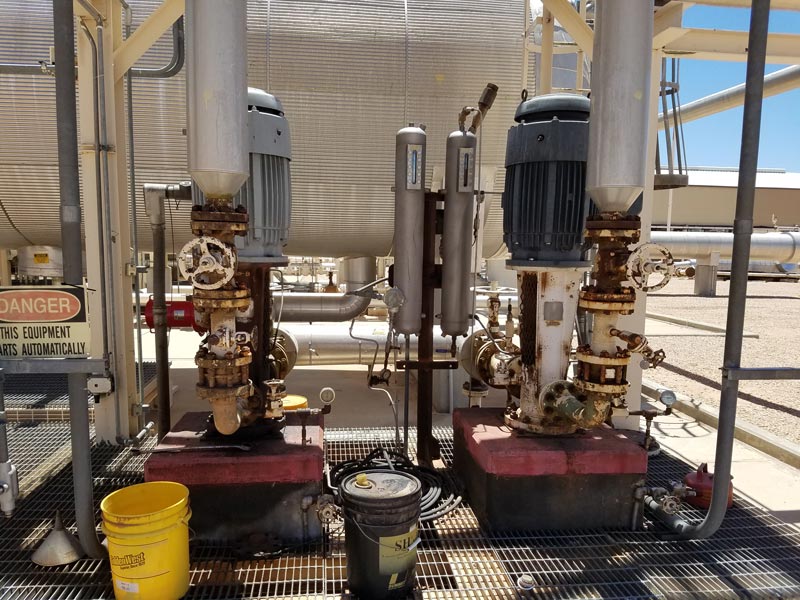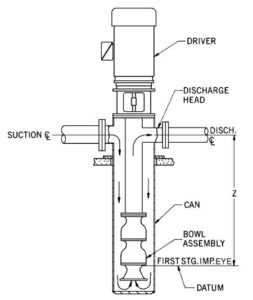Following the failure of a deep well canned pump impeller casing at a refinery in 2008 which led to a vapor cloud explosion, industry has been searching for a practical method for determining the mechanical integrity of vertical “deep well” canned pumps. Here are some options:
If the pump and casing can be removed, send the pump to the shop, pull the pump from the case (may as well overhaul it) and nondestructively test the case as follows:
- Perform a complete visual inspection of the accessible interior and exterior portions of the casing. Evaluate the shell and head of the casing for corrosion.
- Inspect all pressure retaining welds including the case shell to lower head weld. Dye penetrant has been found to be the most effective. Wet fluorescent magnetic particle and ultrasonic shear wave could be performed on some of the welds, depending on accessibility and geometries.
- Hydrostatically test the case in place in accordance with the National Board Inspection Code before returning the pump to service.
If the casing is encased in concrete and cannot be removed, try the following:
- Remove the pump from the casing and visually inspect the casing in so far as possible in place. A good borescope would be the most practical method.
- Perform a guided wave inspection of the case shell if possible.
- Hydrostatically test the case in place in accordance with the National Board Inspection Code before returning the pump to service.
If the pump is located in a congested process area with nearby ignition sources, the installation of area hydrocarbon detectors connected to emergency shut down systems is recommended.



